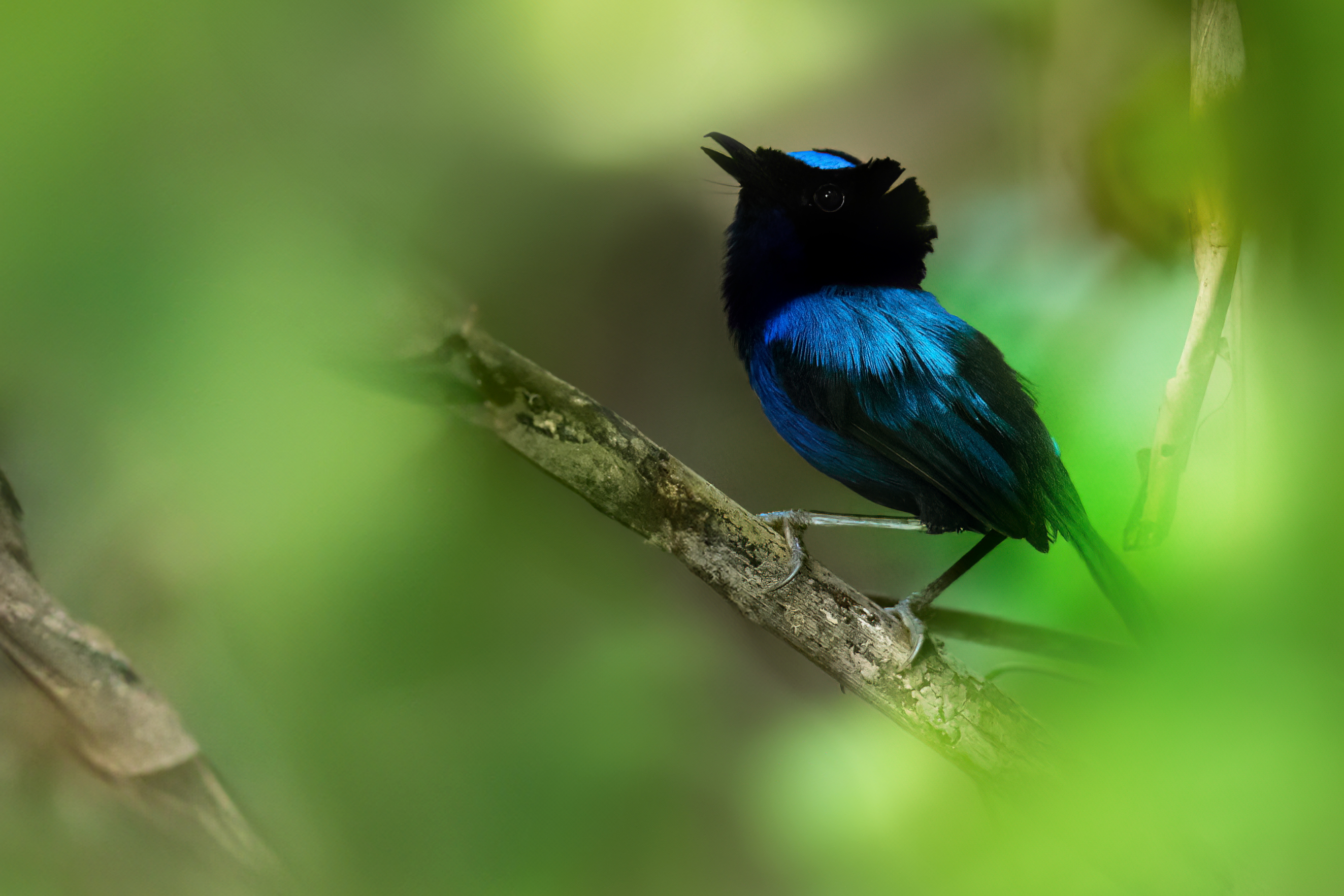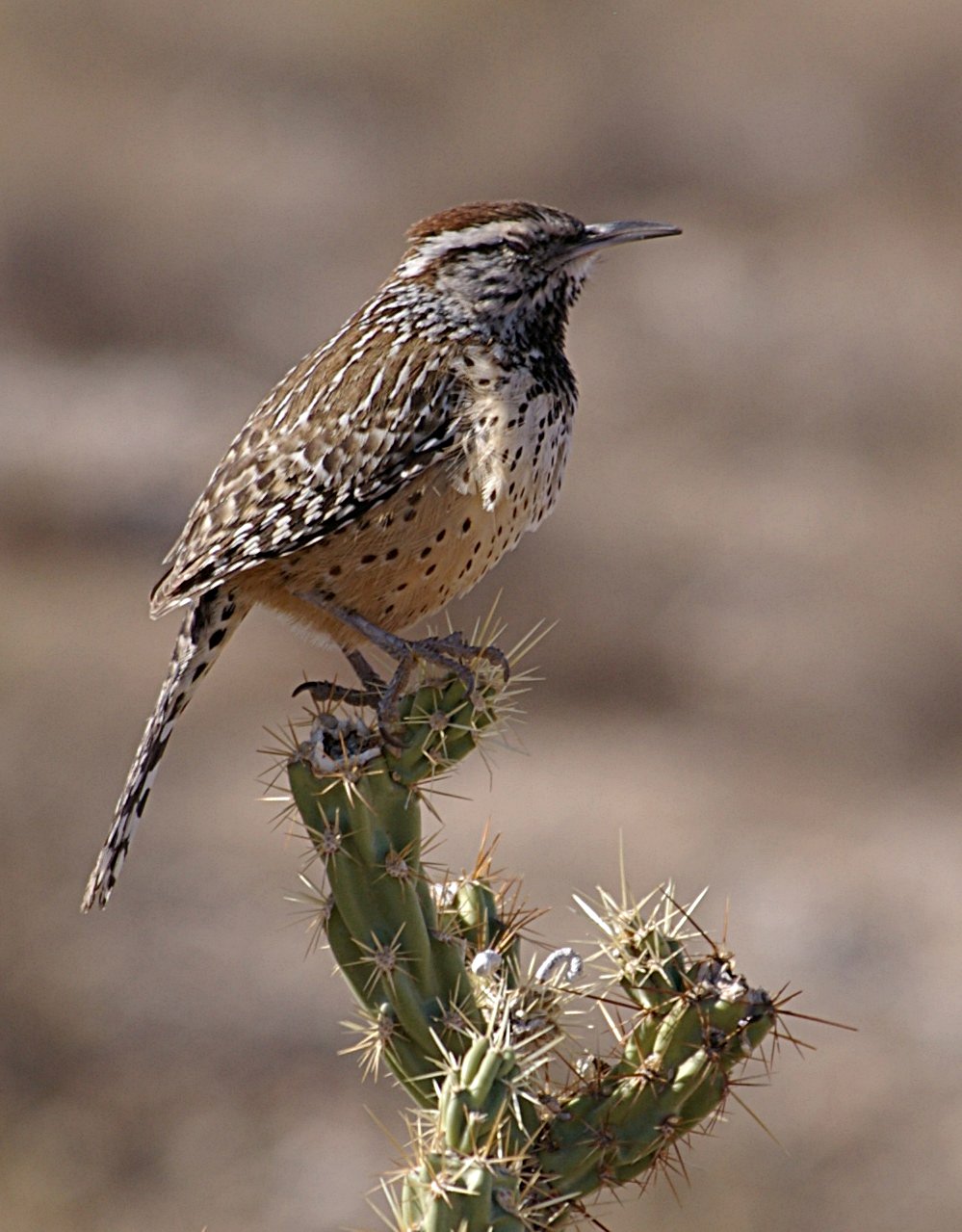|
Maluridae
The Australasian wrens are a family, Maluridae, of small, insectivorous passerine birds endemic to Australia and New Guinea. While commonly known as wrens, they are unrelated to the true wrens. The family comprises 32 species (including sixteen fairywrens, three emu-wrens, and thirteen grasswrens) in six genera. Taxonomy and systematics As with many other Australian creatures, and perhaps more than most, the species making up this family were comprehensively misunderstood by early researchers. They were variously classified as Old World flycatchers, Old World warblers, and Old World babblers. In the late 1960s, morphological studies began to suggest that the Australo-Papuan fairywrens, the grasswrens, emu-wrens and two monotypic wren-like genera from New Guinea were related and, following Charles Sibley's pioneering work on egg-white proteins in the mid-1970s, Australian researchers adopted the family name Maluridae in 1975. With further morphological work and the great ... [...More Info...] [...Related Items...] OR: [Wikipedia] [Google] [Baidu] |
Malurus Coronatus
The purple-crowned fairywren (''Malurus coronatus'') is a species of bird in the Australasian wren family, Maluridae. It is the largest of the eleven species in the genus ''Malurus'' and is Endemism, endemic to northern Australia. The species name is derived from the Latin word meaning "crown", owing to the distinctive purple circle of crown feathers sported by breeding males. Genetic evidence shows that the purple-crowned fairywren is most closely related to the superb fairywren and splendid fairywren. Purple-crowned fairywrens can be distinguished from other fairywrens in northern Australia by the presence of cheek patches (either black in males or reddish-chocolate in females) and the deep blue colour of their perky tails. Like other fairywrens, the purple-crowned fairywren is socially monogamous. However, unlike other species in the genus, it is not sexually promiscuous and shows low rates of extra-pair paternity. However, females with related males as partners will mate wi ... [...More Info...] [...Related Items...] OR: [Wikipedia] [Google] [Baidu] |
Grasswren
Grasswrens (''Amytornis)'' are a genus of birds in the Australasian wren family, Maluridae. Taxonomy and systematics ''Amytornis'' is the only genus classified within the subfamily Amytornithinae, and form a separate clade to the related fairy-wrens and emu-wrens within the family Maluridae. The genus contains 14 species, many of which are poorly known due to their secretive nature and remote and inaccessible habitat. Extant species The genus contains the following 14 species: Description Grasswrens are the largest members of the Australasian wren family, ranging from for the Eyrean grasswren to the white-throated grasswren. They generally have long tails and legs and short wings and are adapted for life foraging on the ground. The bill is typically shorter and narrower than the fairy-wrens and emu-wrens, which reflects the larger part that seeds play in their diet. The plumage of the grasswrens is cryptic, usually red, buff and brown patterned with white and black. Distr ... [...More Info...] [...Related Items...] OR: [Wikipedia] [Google] [Baidu] |
Superb Fairywren
The superb fairywren (''Malurus cyaneus'') is a passerine bird in the Australasian wren family, Maluridae, and is common and familiar across south-eastern Australia. It is a sedentary and territorial species, also exhibiting a high degree of sexual dimorphism; the male in breeding plumage has a striking bright blue forehead, ear coverts, mantle, and tail, with a black mask and black or dark blue throat. Non-breeding males, females and juveniles are predominantly grey-brown in colour; this gave the early impression that males were polygamous, as all dull-coloured birds were taken for females. Six subspecies groups are recognized: three larger and darker forms from Tasmania, Flinders and King Island respectively, and three smaller and paler forms from mainland Australia and Kangaroo Island. Like other fairywrens, the superb fairywren is notable for several peculiar behavioural characteristics; the birds are socially monogamous and sexually promiscuous, meaning that although they f ... [...More Info...] [...Related Items...] OR: [Wikipedia] [Google] [Baidu] |
Orange-crowned Fairywren
The orange-crowned fairywren (''Clytomyias insignis'') is a species of passerine bird in the Australasian wren family, Maluridae. It is monotypic within the genus ''Clytomyias''. It is found on New Guinea in its natural habitat of subtropical or tropical moist montane forests. Taxonomy and systematics First collected in the Arfak Mountains, the orange-crowned fairywren was described by Richard Bowdler Sharpe in 1879.Rowley & Russell, p. 199. Molecular study indicates that it forms a clade with the fairywrens of the genus '' Malurus''. Alternative names for the orange-crowned fairywren include orange-crowned wren, rufous fairywren, and rufous wren-warbler. Subspecies Two subspecies are recognised: * ''C. i. insignis'' - Sharpe, 1879: The nominate subspecies is found on the Bird's Head Peninsula in far north-western New Guinea * ''C. i. oorti'' - Rothschild & Hartert, 1907: Found in the central highlands of New Guinea from western New Guinea to the Owen Stanley Range of sout ... [...More Info...] [...Related Items...] OR: [Wikipedia] [Google] [Baidu] |
Malurus
''Malurus'' is a genus of bird in the Australasian wren family, Maluridae. Taxonomy and systematics Extant species The following table reports the English names proposed for the twelve species recognised by the listing of the International Ornithologist Committee Former species Some authorities, either presently or formerly, recognize several additional species as belonging to the genus ''Malurus'' including: * Wallace's fairywren (as ''Malurus wallacei'' and ''Malurus wallacii'') * Broad-billed fairywren (as ''Malurus grayi'') * Campbell's fairywren (as ''Malurus campbelli'') References * Del Hoyo, J.; Elliot, A. & Christie D. (editors). (2007). ''Handbook of the Birds of the World The ''Handbook of the Birds of the World'' (HBW) is a multi-volume series produced by the Spanish publishing house Lynx Edicions in partnership with BirdLife International. It is the first handbook to cover every known living species of bird. ...''. Volume 12: Picathartes to Tits ... [...More Info...] [...Related Items...] OR: [Wikipedia] [Google] [Baidu] |
Chenorhamphus
''Chenorhamphus'' is a genus of birds in the Australasian wren family, Maluridae. Taxonomy and systematics The species of the genus ''Chenorhamphus'' were formerly classified in the genus ''Malurus'' until a 2011 analysis of mitochondrial and nuclear DNA showed high divergence between the two taxa resulting in them being re-split into separate species. The study also found them to lie in a separate clade with the genera '' Sipodotus'' and ''Clytomyias The orange-crowned fairywren (''Clytomyias insignis'') is a species of passerine bird in the Australasian wren family, Maluridae. It is monotypic within the genus ''Clytomyias''. It is found on New Guinea in its natural habitat of subtropical or ...'' and distinct from the genus ''Malurus''. This led to the subsequent re-classification of the species into their own genus, ''Chenorhamphus''. The genus contains two species: * Broad-billed fairywren (''Chenorhamphus grayi'') * Campbell's fairywren (''Chenorhamphus campbelli'' ... [...More Info...] [...Related Items...] OR: [Wikipedia] [Google] [Baidu] |
Stipiturus
The emu-wrens (''Stipiturus'') are a genus of passerine birds in the Australasian wren family, Maluridae. They are found only in Australia, where they inhabit scrub, heathland and grassland. They are small birds, 12–19 cm long with the tail accounting for over half of their length. The tail has only six feathers which are loose and coarse in structure, rather like the feathers of the emu. Three species are recognised, of which the mallee emu-wren is endangered. Taxonomy and systematics The common name of the genus is derived from the resemblance of their tails to the feathers of an emu. The genus was defined by French naturalist René Lesson in 1831 after his visit to Port Jackson on the 1823-5 voyage of the ''Coquille'', although the southern emu-wren had already been encountered and described soon after European settlement at Sydney Cove.Rowley and Russell, p. 202. The three species have been variously considered as one, two or even four species (as the Western Austral ... [...More Info...] [...Related Items...] OR: [Wikipedia] [Google] [Baidu] |
Passerine
A passerine () is any bird of the order Passeriformes (; from Latin 'sparrow' and '-shaped') which includes more than half of all bird species. Sometimes known as perching birds, passerines generally have an anisodactyl arrangement of their toes (three pointing forward and one back), which facilitates perching. With more than 140 families and some 6,500 identified species, Passeriformes is the largest order of birds and one of the most diverse clades of terrestrial vertebrates, representing 60% of birds.Ericson, P.G.P. et al. (2003Evolution, biogeography, and patterns of diversification in passerine birds ''J. Avian Biol'', 34:3–15.Selvatti, A.P. et al. (2015"A Paleogene origin for crown passerines and the diversification of the Oscines in the New World" ''Molecular Phylogenetics and Evolution'', 88:1–15. Passerines are divided into three suborders: New Zealand wrens; Suboscines, primarily found in North and South America; and songbirds. Passerines originated in the ... [...More Info...] [...Related Items...] OR: [Wikipedia] [Google] [Baidu] |
Emu-wren
The emu-wrens (''Stipiturus'') are a genus of passerine birds in the Australasian wren family, Maluridae. They are found only in Australia, where they inhabit scrubland, scrub, heathland and grassland. They are small birds, 12–19 cm long with the tail accounting for over half of their length. The tail has only six feathers which are loose and coarse in structure, rather like the feathers of the emu. Three species are recognised, of which the mallee emu-wren is endangered. Taxonomy and systematics The common name of the genus is derived from the resemblance of their tails to the feathers of an emu. The genus was defined by French naturalist René Primevère Lesson, René Lesson in 1831 after his visit to Port Jackson on the 1823-5 voyage of the ''Coquille'', although the southern emu-wren had already been encountered and described soon after European settlement at Sydney Cove.Rowley and Russell, p. 202. The three species have been variously considered as one, two or even fou ... [...More Info...] [...Related Items...] OR: [Wikipedia] [Google] [Baidu] |
Campbell's Fairywren
Campbell's fairywren (''Chenorhamphus campbelli'') is a species of bird in the Australasian wren family, Maluridae. It is found in New Guinea. It is found in south-central and south-eastern New Guinea in its natural habitat of subtropical or tropical moist lowland forests. Taxonomy and systematics Formerly, this species was lumped with the broad-billed fairywren in the genus ''Malurus'' until a 2011 analysis of mitochondrial and nuclear DNA showed high divergence between the two subspecies resulting in them being re-split into separate species. The study also found them to lie in a clade with the genera '' Sipodotus'' and ''Clytomyias The orange-crowned fairywren (''Clytomyias insignis'') is a species of passerine bird in the Australasian wren family, Maluridae. It is monotypic within the genus ''Clytomyias''. It is found on New Guinea in its natural habitat of subtropical or ...'' leading to their subsequent re-classification in their own genus, ''Chenorhamphus''. The speci ... [...More Info...] [...Related Items...] OR: [Wikipedia] [Google] [Baidu] |
Wren
Wrens are a family, Troglodytidae, of small brown passerine birds. The family includes 96 species and is divided into 19 genera. All species are restricted to the New World except for the Eurasian wren that is widely distributed in the Old World. In Anglophone regions, the Eurasian wren is commonly known simply as the "wren", as it is the originator of the name. The name ''wren'' has been applied to other, unrelated birds, particularly the New Zealand wrens ( Acanthisittidae) and the Australian wrens ( Maluridae). Most wrens are visually inconspicuous though they have loud and often complex songs. Exceptions include the relatively large members of the genus '' Campylorhynchus'', which can be quite bold in their behaviour. Wrens have short wings that are barred in most species, and they often hold their tails upright. Wrens are primarily insectivorous, eating insects, spiders and other small invertebrates, but many species also eat vegetable matter and some eat small frogs and l ... [...More Info...] [...Related Items...] OR: [Wikipedia] [Google] [Baidu] |







